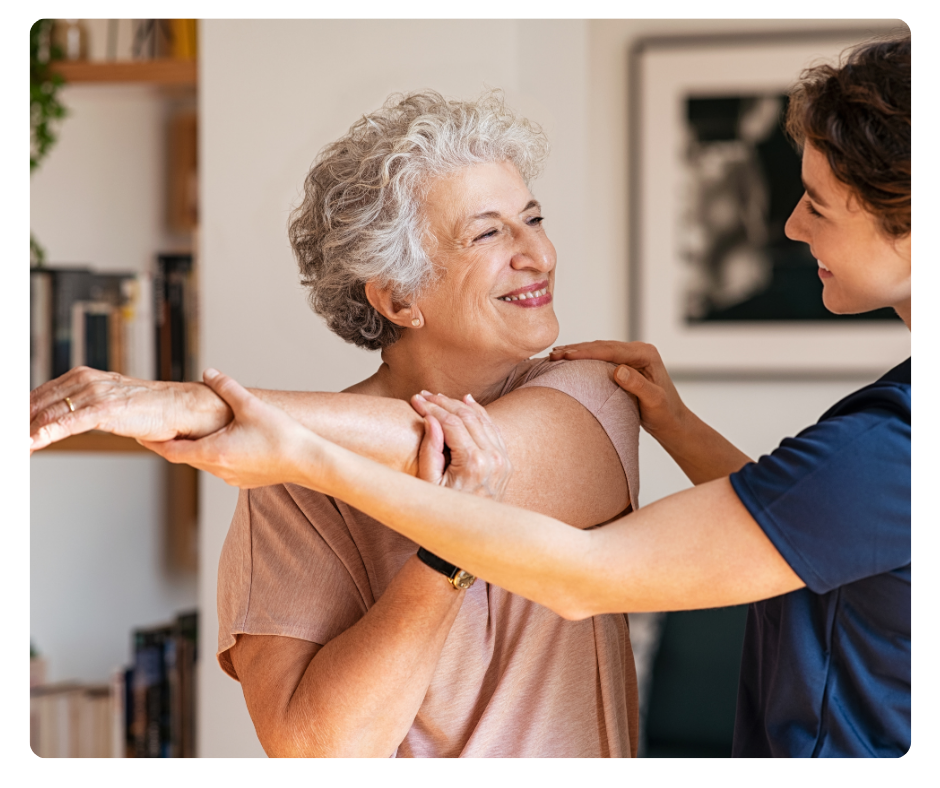Physical therapy and rehabilitation are crucial elements in accelerating healing and restoring function after surgery. In South Korea, leading medical centers and cosmetic surgery clinics incorporate comprehensive physical therapy and rehabilitation services into their post-operative care programs to ensure patients achieve optimal recovery outcomes. For international patients, these services offer personalized support designed to reduce complications, minimize pain, and enhance mobility.
This article explores the variety of physical therapy and rehabilitation options available in Korea’s post-surgery recovery programs and explains how they benefit patients on their healing journey.
Why Physical Therapy is Vital After Surgery
Post-surgery, the body undergoes significant changes including:
- Reduced mobility due to pain or immobilization
- Muscle weakness and stiffness from disuse
- Swelling and inflammation around the operated area
- Risks of blood clots or circulation problems
- Scar tissue formation impacting flexibility
Physical therapy helps address these issues by improving circulation, restoring range of motion, strengthening muscles, and preventing complications, ultimately enabling patients to regain normal function faster.
Key Physical Therapy and Rehabilitation Services Offered in Korean Medical Centers
1. Early Mobilization and Guided Exercises
Physical therapists work closely with surgeons to initiate early mobilization protocols—starting gentle movements soon after surgery to prevent stiffness and maintain joint flexibility. Customized exercise regimens focus on:
- Range-of-motion (ROM) exercises to maintain or improve joint movement
- Isometric and strengthening exercises to rebuild muscle tone
- Balance and coordination training to reduce fall risk
Early mobilization reduces hospital stay length and promotes faster functional recovery.
2. Manual Therapy and Soft Tissue Mobilization
Therapists use hands-on techniques such as:
- Myofascial release to alleviate muscle tightness and reduce pain
- Lymphatic drainage massage to help reduce post-surgical swelling and promote fluid drainage
- Scar tissue mobilization to prevent adhesions and maintain skin and tissue elasticity
These approaches improve tissue quality and enhance patient comfort during healing.
3. Modalities for Pain and Inflammation Control
Korean rehabilitation centers employ various therapeutic modalities including:
- Cold and heat therapy to manage inflammation and soothe muscles
- Ultrasound therapy to promote tissue healing and reduce swelling
- Electrical stimulation (TENS) to provide non-invasive pain relief
- Laser therapy for accelerating tissue repair
These treatments complement manual therapies and medications to control pain effectively.
4. Postural Training and Ergonomic Education
Physical therapists educate patients on maintaining proper posture and body mechanics during daily activities and recovery. This education reduces strain on healing tissues and prevents new injuries.
5. Specialized Rehabilitation for Cosmetic Surgery Patients
For patients recovering from facial or body contouring surgeries, Korean clinics often offer specialized therapies such as:
- Facial rehabilitation exercises to restore muscle tone and symmetry after procedures like facelifts or jaw surgery
- Compression therapy combined with manual lymphatic drainage to reduce facial or limb swelling
- Scar management techniques including silicone sheets or gentle massage
Rehabilitation Program Customization for International Patients
Korean medical centers tailor physical therapy plans based on:
- Type of surgery and specific anatomical areas involved
- Patient’s age, fitness level, and pre-existing conditions
- Healing progress and pain tolerance
- Travel plans and length of stay in Korea
Many clinics provide multilingual therapists and use technology (like video sessions) for follow-up care after patients return home, ensuring continuity.
Benefits of Korean Physical Therapy and Rehabilitation Services for Post-Surgery Recovery
- Accelerated wound healing and reduced swelling
- Improved pain management with fewer medications
- Restoration of strength, flexibility, and mobility
- Prevention of complications such as deep vein thrombosis (DVT) and joint contractures
- Enhanced overall physical and psychological well-being
Conclusion
Physical therapy and rehabilitation services are essential pillars of Korea’s comprehensive post-surgery recovery programs. By combining early mobilization, manual therapies, pain control modalities, and patient education, Korean medical centers help patients recover faster and regain optimal function with fewer complications.
If you’re considering surgery in Korea, choosing a clinic that offers integrated physical therapy and rehabilitation can significantly improve your recovery experience and long-term results.




